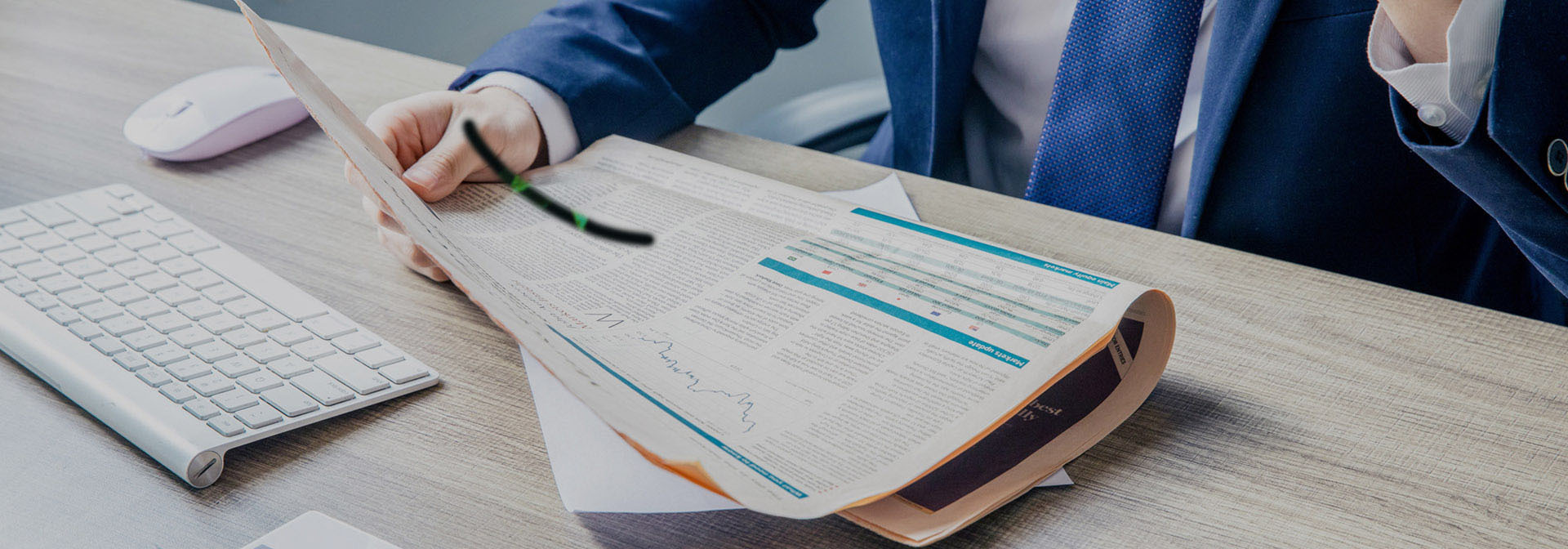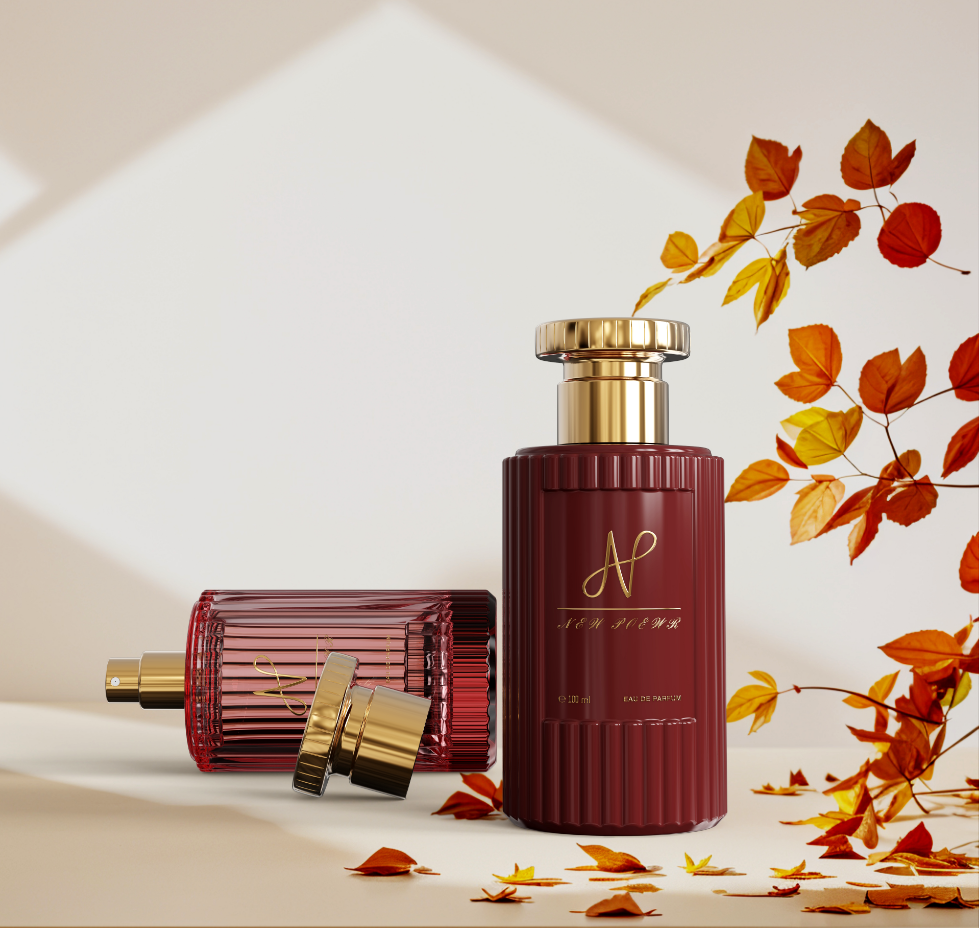The Art of Perfume Bottle Making
Time:
2025-04-15
Perfume bottles are not just containers for fragrance; they are a blend of art and craftsmanship. Many fragrance enthusiasts believe that a well-designed perfume bottle can enhance the overall experience of the scent and captivate the viewer at first glance. This article explores the process of making perfume bottles, the materials used, and the key considerations in design.
1. Materials for Perfume Bottles
Perfume bottles can be made from a variety of materials, with common options including:
- **Glass**: This is the most widely used material as it preserves the stability of the fragrance and can be processed, colored, and decorated through various techniques.
- **Plastic**: Some brands opt for plastic bottles because they are lightweight and shatter-resistant, making them suitable for daily use.
- **Metal**: A few high-end perfumes use metal bottles to convey luxury and enhance durability.
2. The Design Process
The design of a perfume bottle typically involves several important steps:
a. Concept Development
Designers start by brainstorming around the theme, scent, and target audience of the perfume to form an initial design concept. For example, if the theme of the fragrance is nature and freshness, the shape and color of the bottle may adopt flowing lines and green tones.
b. Shape Design
The bottle's silhouette is crucial for its market appeal. Designers consider dimensions, curves, and overall aesthetics while ensuring that the bottle is practical to use. Additionally, whether the bottle is easy to grip and spray is an essential factor in the design.
c. Patterns and Colors
On the surface of the bottle, designers can employ various patterns and colors to enhance its visual appeal. Common decoration techniques include spray painting, screen printing, and engraving. These details not only give the bottle a unique character but also convey the brand's story.
d. Closure and Nozzle Design
The design of the bottle opening significantly affects how the perfume is dispensed. A high-quality nozzle provides an even spray, enhancing the overall user experience.
3. Manufacturing Process
The process of making perfume bottles typically includes the following steps:
a. Blowing and Shaping
Most glass bottles are created through a blowing process. Designers create molds, and then molten glass is blown into the molds to form the desired shape.
b. Cooling and Finishing
Once formed, the bottles need to cool in a controlled environment to avoid breakage. They then undergo grinding, washing, and other surface finishing steps to ensure smoothness and beauty.
c. Packing and Shelving
The completed bottles are carefully packaged to prevent damage during transportation. They are then sent to fragrance manufacturers for filling, sealing, and shelving.
4. Conclusion
The process of making perfume bottles merges art with science; each step from material selection to design details is crucial. A beautifully crafted perfume bottle not only protects the quality of the fragrance but also adds a unique charm to it. For brands, the design of the bottle is a vital part of their image, capable of attracting consumers' attention and conveying brand stories.
The creation of perfume bottles is not merely a craft; it is a pursuit of beauty. Each bottle of perfume is a testament to the dedication of designers and artisans, encapsulating the interpretation of a refined lifestyle.





